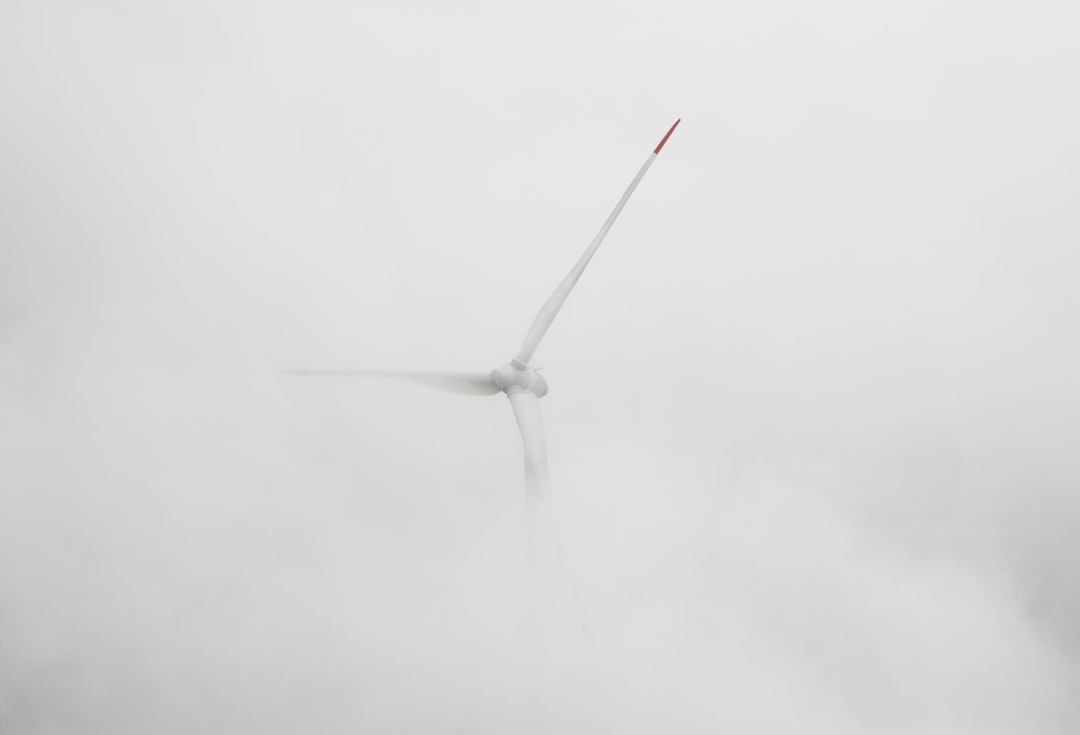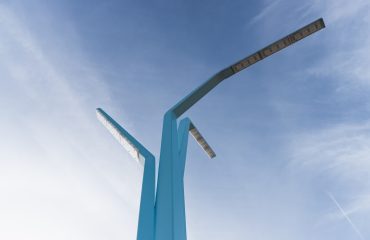body {
font-family: sans-serif;
line-height: 1.6;
}
h1, h2, h3 {
color: #333;
}
img {
max-width: 100%;
height: auto;
}
Wind turbines are marvels of modern engineering, converting the kinetic energy of wind into clean electricity. However, their efficiency and longevity hinge critically on a often-overlooked component: the blade support system. This complex system ensures the blades rotate smoothly, withstand immense forces, and remain operational for decades. This post delves into the intricacies of wind turbine blade support systems, exploring their design, materials, maintenance, and future innovations.
1. The Critical Role of Blade Pitch and Yaw Systems
The foundation of any efficient wind turbine lies in its ability to adjust its orientation to the wind. This is achieved through two primary mechanisms: pitch and yaw systems. The pitch system controls the angle of the blades individually, allowing the turbine to regulate power output and protect itself during high-wind events. This system uses sophisticated actuators and hydraulic or electric systems to precisely adjust the pitch angle. Failure in the pitch system can lead to blade damage, reduced energy generation, or even catastrophic turbine failure. The yaw system, on the other hand, rotates the entire nacelle (the housing containing the gearbox and generator) to keep the rotor facing directly into the wind. This ensures optimal energy capture and reduces stress on the blades and the entire structure. Precise yaw control minimizes energy loss and maximizes turbine lifetime. Both systems are integral components of the blade support system and require robust design and maintenance.
2. Materials Science: Choosing the Right Stuff for Extreme Conditions
Wind turbine blades face extreme stresses: bending forces, centrifugal forces, and cyclic loading from wind gusts. The materials used in blade support systems must withstand these conditions for decades. Traditional materials like high-strength steel are often used for the main support structures due to their proven strength and durability. However, advancements in composite materials, such as carbon fiber reinforced polymers (CFRP), are increasingly utilized for their high strength-to-weight ratio and fatigue resistance. These lighter materials can reduce the overall load on the support system, leading to increased efficiency and potentially lower costs. The selection of materials is a critical design consideration, balancing strength, weight, cost, and durability in the face of harsh environmental conditions.
3. Maintenance and Inspection: Ensuring Long-Term Reliability
Regular maintenance and inspection are crucial for the longevity and safety of wind turbine blade support systems. These systems are subject to wear and tear from constant motion and exposure to the elements. Routine inspections involve visual checks for damage, cracks, or corrosion. Specialized tools and techniques are employed to assess the structural integrity of components, often utilizing non-destructive testing (NDT) methods like ultrasonic inspection or infrared thermography. Regular lubrication of bearings and other moving parts is essential to reduce friction and extend the lifespan of the system. Predictive maintenance strategies, using sensor data to anticipate potential failures, are becoming increasingly prevalent, allowing for timely interventions and preventing costly downtime.
4. Advanced Control Systems and Smart Sensors
Modern wind turbines incorporate advanced control systems and smart sensors to optimize performance and improve reliability. These systems continuously monitor various parameters, including wind speed, blade angle, and system vibrations. This data is used to fine-tune the pitch and yaw systems, ensuring optimal power generation and protecting the turbine from extreme conditions. Smart sensors embedded within the blade support system provide real-time information about the structural health of the components, enabling predictive maintenance and preventing catastrophic failures. This proactive approach minimizes downtime, reduces maintenance costs, and contributes to a longer operational lifespan for the entire turbine.
5. Future Trends and Innovations in Blade Support Technologies
The field of wind turbine blade support systems is constantly evolving. Research focuses on developing lighter, stronger, and more efficient systems. This includes exploring novel materials, such as advanced composites and bio-inspired designs, to further reduce weight and improve fatigue resistance. The integration of artificial intelligence (AI) and machine learning (ML) is transforming maintenance strategies, enabling more accurate predictions of potential failures and optimizing maintenance schedules. Furthermore, advancements in active control systems, utilizing real-time feedback to adjust the blade support system’s response to dynamic wind conditions, promise to enhance efficiency and reduce wear and tear. These innovations are crucial for pushing the boundaries of wind energy technology and making it even more efficient and sustainable.
In conclusion, the blade support system is an integral and often overlooked aspect of wind turbine technology. Understanding its intricacies, from material selection to advanced control systems, is critical for optimizing performance, ensuring safety, and extending the operational lifespan of these vital renewable energy generators.
SEO Tags: Wind Turbine Blades, Wind Turbine Maintenance, Blade Pitch System, Yaw System, Wind Turbine Support Structures




